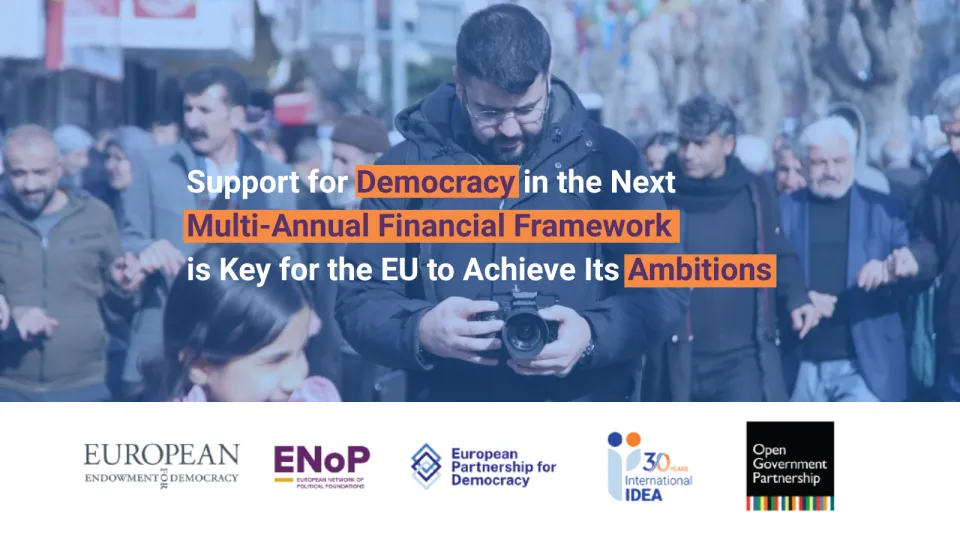Fiji steps into second electoral cycle of parliamentary elections

Fiji’s 2018 parliamentary elections took place on 14 November with over 630,000 registered voters at 2,173 polling stations, including advanced and postal voters. With heavy rain and a tropical disturbance throughout the voting day, the Fijian Elections Office (FEO) postponed voting in 25 polling stations to 17 November. This year’s turnout is expected to be lower compared to the 2014 elections.
People traversed flooded creeks, drains and swam through rivers to reach polling stations despite the weather condition that could have easily kept many at home. The International IDEA team visited some polling stations around the capital city of Suva and a few located about 50km away and spoke to several voters about their voting experience.
Tarusila, an 83-year-old from Naluwai, Naitasiri, some 50 kilometres away from Suva city, showed enthusiasm to cast her vote despite heavy rain in her area. She said she was happy to exercise her rights as a Fiji citizen.
First-time voter, Ritesh from Raiwaqa, an area on the outskirts of Suva, braved the heavy downpours to cast his vote. He said he was determined to exercise his right a as citizen of Fiji.

The FEO provided information to the public about the electoral process from the start, mostly through its website and social media platforms. All information regarding the general election is also on the office’s official mobile application, ‘FEO App’. Any voter could call the FEO or text their electronic voter registration number to access their appropriate polling venue.
The Multinational Observer Group (MOG), invited by the Fijian government, co-led by Australia, India and Indonesia, arrived in the country two months earlier to monitor the election process. The three co-chairs of MOG, Australian Member of Parliament, Jane Prentice, Indian chief electoral officer of the state of Assam, Mukesh Chandra Sahu, and special advisor on management affairs to Indonesia’s Foreign Minister, Wajid Fauzi, presented an interim MOG report on 16 November.
Overall, the MOG was largely impressed by the professionalism and transparency of the whole election process and commended the FEO for doing a good job. The MOG was content that the polling stations around the country were well set up, which ensured the secrecy of the ballot and declared that the counting process was largely without error.
They also noted that there were more women candidates this time compared to the 2014 elections and commended the FEO for having a large number of female polling officials. The MOG will release a final report after compiling all the data.
The polling stations throughout Fiji opened for voting from 7:30 and were closed at 18:00 with the counting process starting immediately after. The FEO began announcing the provisional results two hours later. The provisional results were based on telephone calls from polling stations directly to the National Results Centre. By the end of provisional results tallying at 7.30 the next morning, 73 per cent of polling stations reported (excluding advanced and postal votes) and showed the ruling party commanding a slight majority at 51.63 per cent of valid votes. Official results tabulation, based on authentic documents received from polling stations, is currently underway.

After an intense campaigning by the political parties, a media black-out period was officially carried out on election day from midnight until 18:00, which means no advertisements and campaigning were allowed by anyone. The media black-out is currently still in place due to the postponed elections and is expected to be lifted as soon as those 25 polling stations are closed. This black-out period is expected to provide a breathing space or a cooling effect on the voters and enable them to make their preferable choices. A swing against is expected based on the provisional results.
The winner should be revealed Sunday, 18 November but for now, the tallying continues.



